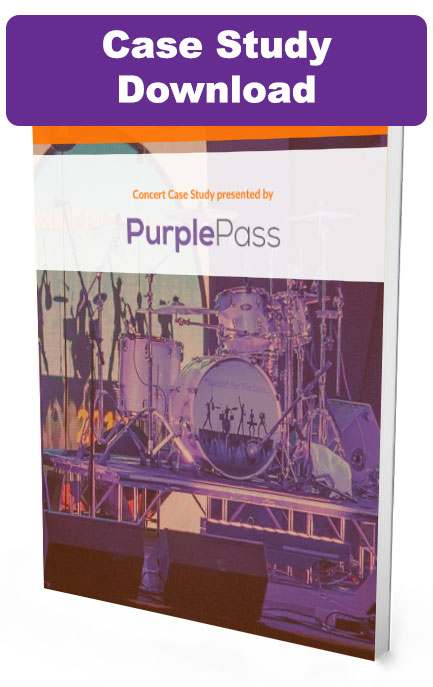Are Case Studies An Effective Marketing Tool?
For many years, business owners and marketing agencies have incorporated case studies into their advertising strategies to promote their products or services. But are they really that effective? Are case studies actually beneficial, though, to your customers? The purpose of a case study is to show how previous customers have used that product or service, and how it worked for them. But does this actually work to encourage new customers to buy or invest? Lets see.

Who Uses Case Studies?
According to the research from Content Marketing Institute, they found that case studies are the fifth most common type of marketing tools that marketers use today. That’s behind social media, e-newsletters, blog posts, and website content. And, that report also found that 63 percent of those marketers believe that they are one of the most effective ways for marketing a product or service.
Another survey, conducted by Hawkeye, found that up to 77 percent of business-to-business buyers used testimonials and case studies within their content for evidential support as well as lead generation. These buyers rated case studies as one of the most effective methods for marketing through content for their websites, blogs, and social media sites.
If you’re still looking for reassurance on the use of case studies, here’s another study.
DemandGen found that, in the 12 months leading up to their survey, 73 percent of buyers used case studies to make the final decision on whether or not to make a purchase. When your customers tell you that they need case studies to clearly show the benefits, that’s a clear reason to invest the time into researching and producing these tools.
Why Case Studies Ring True in the Marketing World
As you consider whether or not you should incorporate case studies into your efforts, you should also understand why some marketers use them so consistently. For example, many companies place case studies or reviews right on their website or within landing pages. Similar to a portfolio, they are demonstrating their work in action and showcasing it to their customers as proof that is works.
Others incorporate case studies into their call-to-actions or on their contact page. In these cases, that last-ditch effort to convince a buyer to invest may be more effective when it comes from the mouth of a previous user; word-of-mouth, however, is still the most popular and effective form of marketing. Some companies create videos, or others place full blog articles that breakdown the work they’ve done for another provider.
Most importantly, case studies are more impactful when they incorporate the previous client. A testimonial, quotes or even a full video that outlines the case study can really prove your case in terms of workmanship, service, and results.
Examples of Winning Uses for Case Studies
It’s clear that case studies can be very useful in a number of formats. Yet, for many business owners, it’s hard to see the benefit of investing the time and money into them. Consider a few key examples of case studies that have helped create effective bottom-line results.
• WatchGuard, a company that offers network security, used case studies through video stories with previous customers. They showed, directly, how customers benefited and presented the risks of not investing clearly. Checkout their case studies here.
• Fantasy took a unique route. The company, which redesigned the USA Today website, created a page that allowed users to add real-time reviews and content to the site.
• In the highly competitive market of online job ads, WikiJobs made the decision to incorporate testimonials from their clients who obtained a job right on their home page. This single move helped the company to see website conversions jump by 34 percent.
These are just a handful of examples. Yet, they can clearly demonstrate what options are available to you, as a business owner, in taking a somewhat simple bit of information and making it work for you.
Creating Winning Case Studies Is Important
 A simple testimonial that’s nothing more than a one-line sentence from your customer may not be enough. However, if you can tell a story from the customers’ perspective of how your product improved their life or solved their problems, you’ll gain the attention of your leads.
A simple testimonial that’s nothing more than a one-line sentence from your customer may not be enough. However, if you can tell a story from the customers’ perspective of how your product improved their life or solved their problems, you’ll gain the attention of your leads.
It’s critical to make them authentic, which is why video testimonies work so well. If you can’t use video, pull in direct quotes from your customer and write a case study.
As you work to develop your case studies, ask yourself what would make you buy or invest time into a company. Authentic information, reliable results, and customers telling you how they benefited are surely at the top of the list. Use these questions to help you focus on what to address in your case study:
What was their problem?
How did you solve it?
How did they use your service or product? Did they use it differently?
What needs did they have?
What did they struggle with if anything?
Why did they choose to use your company or product?
What made them choose you over your competition?
Focus on the following when creating your case study:
Your subject - Who are they? What do they do? How did they use your product? You want to pick a subject that is super relatable for your readers. The goal is to identify the same problems that your readers might be experiencing and show how you worked as a solution. If it worked for them it will work for you, is the attitude you want to convey.
Be detailed - Tell readers from the beginning to end, how your service/product was put to use. The more concrete examples, long-term results, struggles, obstacles, etc. the stronger evidential support you have.
Make it accessible - Giving your case studies a dedicated location that is easily accessible for your readers is crucial. After creating that concrete location, share it on social media, create landing pages, and ads announcing it. With a prime location on your website, the case study can get to work and hopefully lead to that boost in conversions you desire.
What is your format - If you wan to be noticed, don’t always stick with traditional case study formats such as PDFs and blogs. While you can still find success with those formats, telling a story through video and testimonies , using bold titles, bullet points and catchy designs will catch a readers eye and make it more easy for them to digest the information.
Checkout this video case study on Newport International Boat Show presented by Purplepass below.






